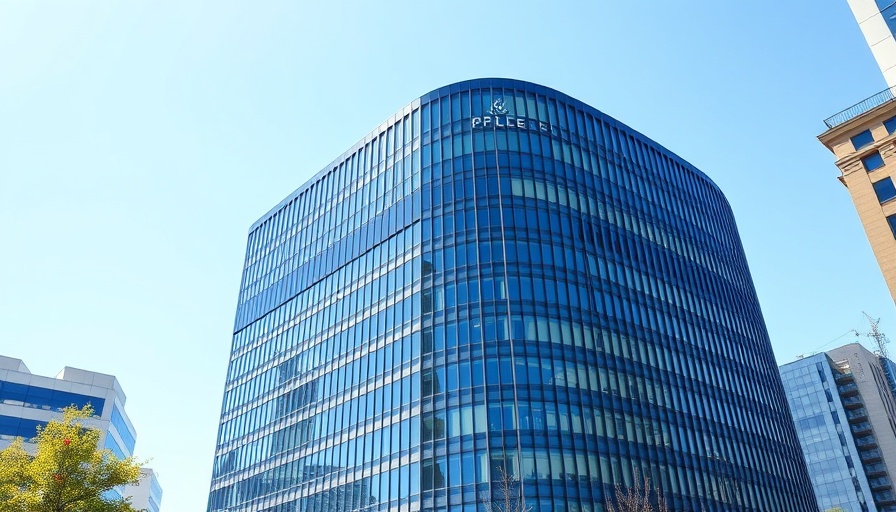
Imperial Oil's Drastic Shift: A Reflection of Calgary's Office Market
Calgary, once the pulsating heart of Canada's oil industry, is now grappling with an alarming office vacancy rate of 20%. The latest move by Imperial Oil Ltd. to sell its sprawling headquarters, which houses a significant portion of its operations, is not just a reflection of its internal restructuring but also a broader commentary on the oil-dependent city’s current economic landscape.
Headquarters for Sale: What's at Stake?
Imperial Oil has confirmed plans to sell its corporate office complex in southeastern Calgary, which encompasses roughly 800,000 square feet of space capable of accommodating up to 3,000 employees. However, this once-promising site now only houses about 1,100 workers, a stark contrast to its intended purpose just a few years ago. The decision follows a series of layoffs, with approximately 900 positions expected to vanish, primarily affecting the Calgary workforce.
The Ripple Effects on the Local Economy
Calgary is facing crucial challenges as it holds the highest office vacancy rate in Canada, a situation exacerbated by the prolonged downturn in oil prices that began in 2014. As Imperial consolidates its presence, relocating many positions to Houston and shifting roles abroad, questions arise about the long-term implications for Calgary's commercial real estate market.
Is This the End for Calgary's Oil District?
The oilpatch legacy that defined Calgary for decades is eroding, as firms like Exxon Mobil Corp., which holds majority ownership of Imperial, aim to reduce costs and centralize operations. While the current developments seem bleak, they also present opportunities for innovation and diversification within Calgary's economy.
The Future: Room for Hope?
Though the path ahead seems challenging, Calgary can pivot towards a more diversified economy that does not solely hinge on oil. By harnessing technological advancements and attracting new industries, the city could rejuvenate its struggling office market. Such shifts in perspective could foster resilience and adaptability among local businesses, encouraging sustainable growth beyond oil.
As Imperial Oil's headquarters changes hands, the entire city holds its breath, waiting to see if new strategies will breathe life into Calgary's commercial real estate landscape.
 Add Row
Add Row  Add
Add 




Write A Comment